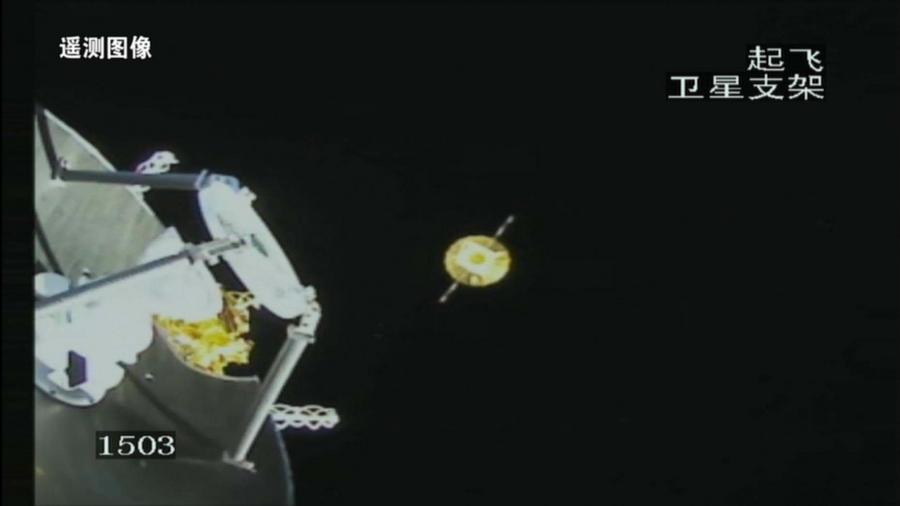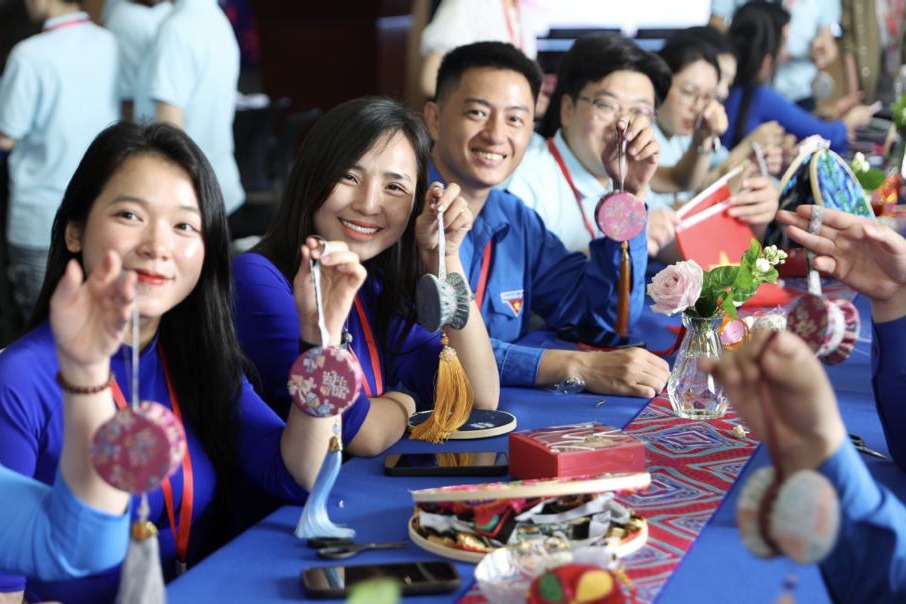China's relay satellite operating smoothly, ready to support global lunar missions


HEFEI -- Queqiao-2, China's relay satellite for its lunar landing missions, is set to support future moon exploration endeavors by other countries, according to the country's Deep Space Exploration Lab.
The satellite, which supported Earth-moon communications for China's Chang'e 6 mission that has retrieved samples from the moon's far side, will provide relay services for lunar missions from China and other countries, the lab said on Monday.
Launched in March last year, Queqiao-2, also known as Magpie Bridge 2, is equipped with three scientific payloads -- an extreme ultraviolet camera, a two-dimensional-coded energetic neutral atom-imager and an Earth-moon very long baseline interferometry (VLBI) experiment system.
The satellite has been stably operating in orbit for 14 months, performing scientific tasks including large-scale imaging of Earth's plasma and magnetosphere layers, and VLBI experiments in the Earth-Moon system, according to the lab.
The satellite's extreme ultraviolet camera captured the first global 83.4-nanometer ionosphere image, providing crucial data for studying the impact of solar activity on the plasmasphere.
The satellite's VLBI experiment system, in coordination with the Shanghai 65m Radio Telescope, extended the observation baseline to 380,000 kilometers and successfully observed deep-space targets like radio source A00235 and the Chang'e 6 orbiter.
Queqiao-2 is poised to play a crucial part in the country's future Chang'e 7 and Chang'e 8 missions.
China plans to launch the Chang'e 7 mission around 2026 to explore the environment and resources of the south pole of the moon. The Chang'e 8 mission, set for around 2028, will conduct experiments for the in-situ utilization of lunar resources.
- China's relay satellite operating smoothly, ready to support global lunar missions
- 3 executed for abusing, raping kids
- Fudan forges AI sustainability pact with Korean, Singapore universities
- Expert's quest to improve Alzheimer's care in China
- 'Memory clinics' turning back 'silver tsunami' of dementia
- Chinese drones hailed by foreign clients





































